Let’s be honest — marketing in financial services isn’t exactly a Wild West of creativity. Between compliance, regulation and a legacy of conservative branding, it’s easy for financial marketers to feel boxed in. But here's the thing: creativity still matters. In fact, in a competitive space like financial services, creativity is your edge.
The challenge? You can’t get creative if your team doesn’t feel safe to speak up, challenge the status quo or toss out ideas that might not make the cut.
That’s where a psychologically safe and diverse culture come into play. And spoiler: they’re not just fluffy buzzwords—they’re the foundation for building high-performing marketing teams, even in highly regulated industries.
What is a "psychologically safe creative environment" anyway?
It’s not about breaking rules or ignoring compliance—it’s about building a space where marketers feel empowered to bring fresh ideas forward, take calculated risks and even make mistakes. All without fear of being judged, ignored, or penalised.
It’s about trust. When employees trust that their input is valued and their voice matters, you unlock the kind of magic that leads to innovation.
So, how do you build that kind of space? Let’s break it down.
-
Culture is everything
Workplace culture isn’t just beanbags and pizza Fridays. It’s how your team behaves when the deadline is tight, the compliance team is in the room and the campaign needs to land yesterday.
In our industry, a lot of companies default to “play it safe”. But “safe” doesn’t have to mean boring. Some of the most forward-thinking firms in our industry have developed strong internal cultures that actually encourage creativity—within the lines.
Look at Monzo, the UK-based digital bank. Their marketing team has built a brand around clarity, personality and transparency—all by fostering a culture where simplicity and customer-first thinking guide everything they do.
Behind the scenes, that took trust and internal collaboration between marketing, legal and product teams. No finger-pointing, no silos—just aligned values and a shared mission1.
-
Psychological safety isn’t a luxury. It’s a necessity
Let’s say you’re in a brainstorming meeting and someone proposes a campaign idea that pushes the brand in a new direction. If the first response is that “compliance will never go for that”, the room shuts down.
Now, imagine if the response was: “Interesting—how could we adjust that idea to meet compliance guidelines while keeping the spirit of it alive?”
That simple shift makes a huge difference. It tells your team: Your ideas matter. We’re problem-solvers, not gatekeepers.
Coined by Harvard professor Amy Edmondson, psychological safety means that people feel safe to take interpersonal risks—like voicing an unpopular opinion, asking a question or saying “I don’t know”.
In environments that lack psychological safety, people tend to stay silent. And silence kills creativity.
-
Teamwork makes the (creative) dream work
Marketing in financial services often involves juggling internal teams, legal reviews, risk assessments and exec buy-in—not to mention the customer. If those groups aren’t working together with mutual trust and respect, it becomes a game of email ping-pong, not progress.
True teamwork goes beyond job titles. It’s about bringing diverse perspectives together —from content and brand to data and digital—and making sure every voice gets heard.
Fidelity Investments has embraced agile marketing to bring cross-functional teams into one room (virtually or otherwise). This approach not only speeds up campaign delivery but also creates a culture of shared ownership and collective problem-solving. Instead of one team handing off work to another, everyone collaborates from the start. It’s faster, smarter and way more empowering2.
So... how do you actually build a safe creative space?
Here’s how to start creating a culture that promotes psychological safety and creativity:
✅ Lead with curiosity, not judgment
In a brainstorming session, try “Yes, and…” instead of “No, but…”
It encourages ideas to evolve instead of getting shut down. Even if something feels unrealistic at first, explore what could work.
✅ Reward ideas, not just outcomes
Did someone try a new campaign strategy that didn’t totally land, but was rooted in strong insight and effort? Celebrate it. People need to know they won’t be punished for thinking differently.
✅ Normalise constructive feedback
Build regular check-ins where team members can safely give and receive feedback—not just on the work, but on how the team works together. When feedback is expected and welcomed, it becomes part of the creative process.
✅ Be transparent about what’s “flexible” and what’s not
In financial services, some rules are set in stone—and others are open to interpretation. Clarify the difference early on, so your team knows where they can push the envelope and where they shouldn’t waste their energy.
✅ Design for inclusion
Different voices = better ideas. Be intentional about inviting input from quieter team members or those who might not usually speak up. Use anonymous suggestion boxes, collaborative docs or rotating facilitators to mix things up.
Creating a culture shift
Financial services marketing has evolved. It’s not just about rates and retirement plans anymore—it’s about connection, trust and relevance. But, to build campaigns that resonate, your team needs the freedom to challenge assumptions, pitch fresh ideas and collaborate without fear.
Fostering a safe creative environment isn’t about being reckless or bending the rules—it’s about creating a culture where smart, strategic creativity can thrive.
So, the next time your team is playing it too safe, ask yourself: Are we making space for people to really think, speak and create? If not, maybe it’s time to shift the culture—before your competitors beat you to it.
Want help building a creative culture that works? That’s kind of our thing. Let’s talk.
